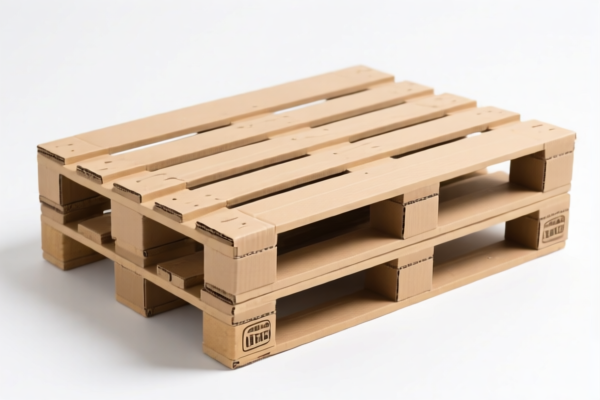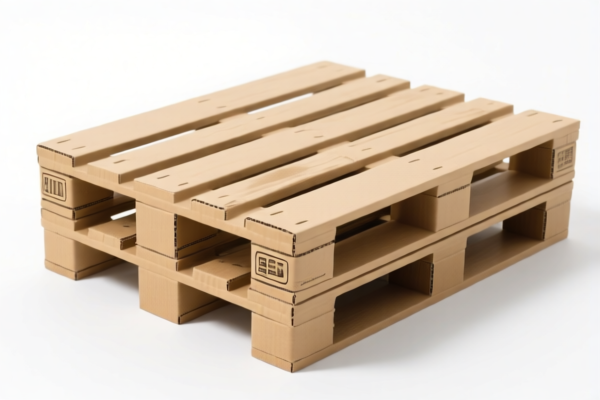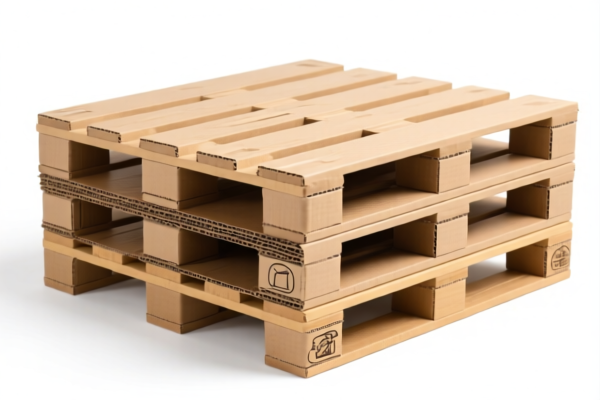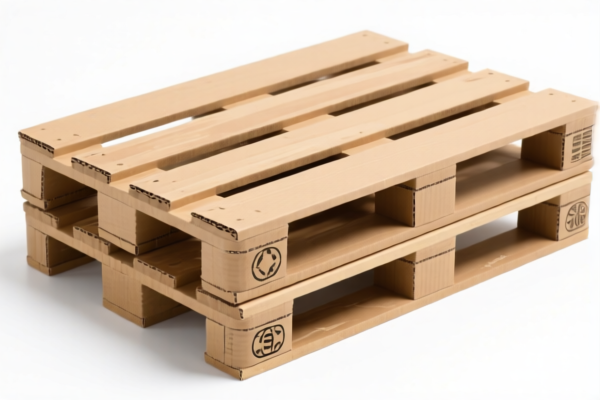| HS Code | Official Doc | Tariff Rate | Origin | Destination | Effective Date |
|---|---|---|---|---|---|
| 4819100040 | Doc | 55.0% | CN | US | 2025-05-12 |
| 4819400040 | Doc | 55.0% | CN | US | 2025-05-12 |
| 4819504060 | Doc | 55.0% | CN | US | 2025-05-12 |
| 4819100040 | Doc | 55.0% | CN | US | 2025-05-12 |
| 4819100040 | Doc | 55.0% | CN | US | 2025-05-12 |




Product Classification: Corrugated Cardboard Pallets
HS CODE: 4819100040 (multiple entries listed, but this is the primary code for corrugated cardboard boxes, crates, and cases)
🔍 Classification Summary
- Product: Corrugated cardboard pallets, boxes, crates, and containers made from corrugated paper or paperboard.
- HS Code: 4819100040 (also appears in other entries with similar descriptions, but this is the most relevant for corrugated cardboard pallets).
📊 Tariff Breakdown (as of current data)
- Base Tariff Rate: 0.0%
- Additional Tariff (General): 25.0%
- Special Tariff (After April 11, 2025): 30.0%
- Total Tax Rate: 55.0%
⚠️ Important Note: The additional 30.0% tariff applies after April 11, 2025. Ensure your import timeline is aligned with this policy change.
📌 Key Considerations for Customs Compliance
- Material Verification: Confirm that the product is indeed made of corrugated paper or paperboard and not a composite or reinforced material, which may fall under a different HS code.
- Unit Price: The tariff rate may be affected by the unit price of the product (e.g., if it's considered a "container" or "packaging" for customs valuation).
- Certifications: Check if any certifications (e.g., environmental, safety, or origin) are required for import, especially if the product is being imported into specific markets (e.g., EU, US, or China).
- Anti-Dumping Duties: Not applicable for corrugated cardboard products, as these are typically non-metallic and not subject to anti-dumping duties on iron or aluminum.
🛠️ Proactive Advice for Importers
- Double-check the HS code with customs authorities or a classification expert to avoid misclassification penalties.
- Track the April 11, 2025, deadline for the special tariff increase and plan your import schedule accordingly.
- Review documentation such as commercial invoices, packing lists, and bills of lading to ensure consistency with the declared product description and HS code.
- Consider alternative packaging materials if the high tariff rate impacts your cost structure.
Let me know if you need help with customs documentation templates or HS code verification tools.
Product Classification: Corrugated Cardboard Pallets
HS CODE: 4819100040 (multiple entries listed, but this is the primary code for corrugated cardboard boxes, crates, and cases)
🔍 Classification Summary
- Product: Corrugated cardboard pallets, boxes, crates, and containers made from corrugated paper or paperboard.
- HS Code: 4819100040 (also appears in other entries with similar descriptions, but this is the most relevant for corrugated cardboard pallets).
📊 Tariff Breakdown (as of current data)
- Base Tariff Rate: 0.0%
- Additional Tariff (General): 25.0%
- Special Tariff (After April 11, 2025): 30.0%
- Total Tax Rate: 55.0%
⚠️ Important Note: The additional 30.0% tariff applies after April 11, 2025. Ensure your import timeline is aligned with this policy change.
📌 Key Considerations for Customs Compliance
- Material Verification: Confirm that the product is indeed made of corrugated paper or paperboard and not a composite or reinforced material, which may fall under a different HS code.
- Unit Price: The tariff rate may be affected by the unit price of the product (e.g., if it's considered a "container" or "packaging" for customs valuation).
- Certifications: Check if any certifications (e.g., environmental, safety, or origin) are required for import, especially if the product is being imported into specific markets (e.g., EU, US, or China).
- Anti-Dumping Duties: Not applicable for corrugated cardboard products, as these are typically non-metallic and not subject to anti-dumping duties on iron or aluminum.
🛠️ Proactive Advice for Importers
- Double-check the HS code with customs authorities or a classification expert to avoid misclassification penalties.
- Track the April 11, 2025, deadline for the special tariff increase and plan your import schedule accordingly.
- Review documentation such as commercial invoices, packing lists, and bills of lading to ensure consistency with the declared product description and HS code.
- Consider alternative packaging materials if the high tariff rate impacts your cost structure.
Let me know if you need help with customs documentation templates or HS code verification tools.
Customer Reviews
No reviews yet.